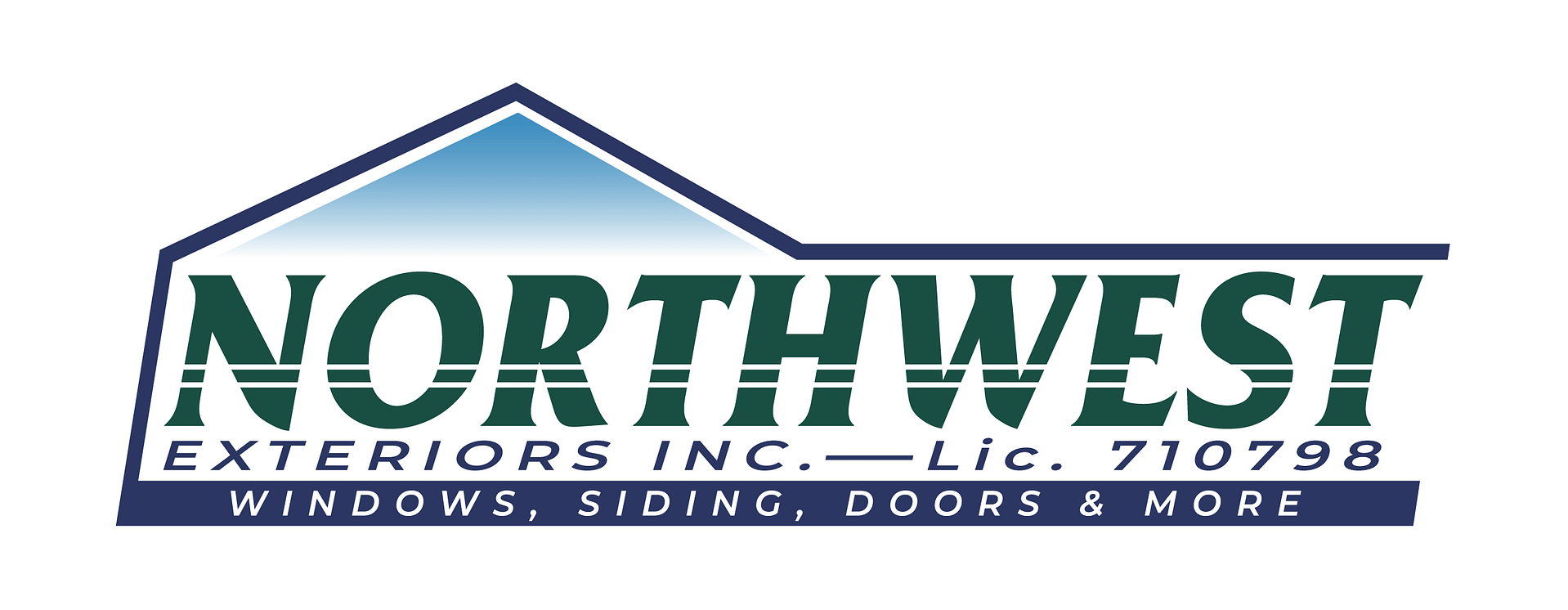
Human beings are creatures of comfort and habit. When we invest in a home, we expect everything to function just as intended without much interference from us. However, the systems inside a home require maintenance to perform optimally. If that isn’t done, for example, with your air conditioning unit, it can struggle to cool your home effectively and cost you money and comfort.
Is your air conditioning unit struggling to keep your home cool? Regular maintenance can significantly improve indoor air quality and ensure your air conditioner operates at peak efficiency. In this article, homeowners will discover practical DIY tips, such as how to inspect and replace air filters, clean the AC coils, and optimize thermostat settings. By following these steps, readers can address common issues, enhance comfort during hot months, and prolong the lifespan of their furnace and AC system. Enhance your home cooling experience while cutting down on repair costs.
1. Inspect and Replace Air Filters Regularly
Clean air filters are essential for maintaining cooling efficiency and air quality in the home. Regularly checking the condition of air filters is crucial for optimal air conditioning performance. This section will guide homeowners on how to inspect and replace air filters effectively, choose the right type for their AC system, and understand the impact of clean filters on overall system efficiency, including refrigerant flow and airflow through the pipes.
Importance of Clean Air Filters for Home Cooling
Clean air filters are vital for ensuring effective cooling and maintaining indoor air quality in the home. Using dirty or clogged filters can lead to increased allergens circulating through the ducts, which may exacerbate allergy symptoms for residents. Furthermore, dirty filters force the HVAC system to work harder, consuming more energy and reducing the overall efficiency of the air conditioning unit, making regular inspections and replacements essential for optimal home cooling:
How to Check Your Air Filter Condition
Checking the condition of an air filter is a straightforward task that can significantly impact the performance of an HVAC system. Homeowners should regularly remove the air filter from the air handler and inspect it for signs of dirt and debris. A filter that appears discolored or clogged indicates that it needs to be replaced to prevent reduced airflow in the ducts, which can lead to inefficient operation and higher energy costs.
Step-by-Step Guide to Replacing Air Filters
Replacing air filters is a simple yet crucial task in HVAC maintenance that helps maintain efficient home cooling. Start by turning off the air conditioning unit to ensure safety. Next, locate the air filter, which is typically found near the air handler or in the return air duct. Carefully remove the old filter and check its size before purchasing a new one, as using the correct dimensions is essential for proper airflow. When installing the new filter, make sure to follow any directional arrows on the filter frame to ensure it’s facing the right direction and fits snugly in place. Regularly replacing filters not only improves air quality but also reduces strain on the HVAC system, enhancing its longevity and performance:
Selecting the Right Air Filter for Your AC System
Choosing the right air filter for an air conditioning system is crucial for maintaining optimal performance. Homeowners should consider factors such as the filter’s MERV rating, which indicates its efficiency at capturing particles like dirt, debris, and even algae. By selecting a filter that fits well with the condensing unit and is effective at reducing allergens, residents can enhance indoor air quality while minimizing the need for troubleshooting associated with clogged systems.
2. Clean the AC Coils to Enhance Efficiency
Cleaning the AC coils is an essential maintenance task for ensuring optimal home cooling. This process begins with identifying the evaporator and condenser coils, followed by gathering the necessary tools for cleaning. Homeowners will learn safe methods for cleaning these coils and how to prevent future coil contamination. Understanding these aspects, along with effective management of air filters and airflow, can help avoid issues such as water damage while enhancing the overall efficiency of the heating system.
Identifying Evaporator and Condenser Coils
Identifying the evaporator and condenser coils is crucial for effective HVAC maintenance. The evaporator coil is typically located indoors, where it absorbs heat from the air and provides cooling, while the condenser coil, found outside, releases that heat. Regular inspection of these coils helps homeowners detect signs of mold, dirt buildup, or drainage issues that can impact pressure and efficiency, ensuring optimal cooling performance and preventing costly repairs.
Tools Needed for Coil Cleaning
To effectively clean AC coils and ensure optimal HVAC performance, homeowners should gather several essential tools. A soft brush, coil cleaner solution, and a vacuum are key items needed for proper maintenance. For heat pump maintenance, including a garden hose for rinsing and a ladder to safely access ceiling-mounted units can significantly enhance the cleaning process. Ensuring that the right tools are available not only simplifies the home repair process but also contributes to overall home improvement and safety.
Safe Methods for Cleaning AC Coils
Cleaning AC coils safely is a crucial aspect of DIY HVAC maintenance that homeowners should incorporate into their routine. To begin, it is important to turn off the HVAC unit and ensure that the area is free of dust and debris. Using a soft brush, gently remove accumulated dust from the evaporator and heat pump coils, taking care not to damage the delicate fins. After brushing, applying a coil cleaner solution can effectively break down stubborn grime, followed by rinsing with water to ensure optimal efficiency and cooling performance.
Preventing Future Coil Contamination
Preventing future coil contamination is essential for maintaining the efficiency of an HVAC system. Homeowners can implement simple strategies, such as ensuring proper ventilation around the unit and regularly inspecting for any potential leaks that may attract dust and debris. Additionally, using a screwdriver to secure any loose panels can help protect the coils from unwanted particles, making DIY HVAC preventative maintenance more effective and ensuring optimal cooling performance.
3. Clear and Maintain the Condensate Drain Line
Clogged condensate drain lines can lead to several issues, making it crucial for homeowners to recognize the signs and take action. This section will discuss how to flush the drain line effectively using a garden hose and cleaner, along with tips for preventing water damage caused by drain line problems. Simple solutions, such as using duct tape to secure connections, can enhance air conditioner maintenance and prolong the system’s lifespan.
Signs of a Clogged Drain Line
Homeowners should be aware of the signs of a clogged condensate drain line as they can indicate potential problems with the air conditioning system. Common indicators include water pooling around the indoor unit, a noticeable decrease in cooling efficiency, or unexpected noises coming from the compressor. If the drain line is blocked, it can cause water damage and lead to costly repairs, making regular checks and using a vacuum to clear any debris essential for maintaining a functional home air conditioner.
How to Flush the Drain Line
Flushing the condensate drain line is a straightforward process that helps prevent clogs, ensuring optimal airflow and humidity control in the home. Homeowners can begin by using a vacuum cleaner to remove any debris near the drain line’s access point, followed by attaching a hose to the clean-out fitting. By running warm water through the hose, they can effectively rinse out any remaining buildup, making it easier for the system to manage warm air and maintain the desired indoor climate.
Preventing Water Damage From Drain Line Issues
Preventing water damage from drain line issues is essential for maintaining an efficient HVAC system and avoiding costly repairs. Regularly inspecting and cleaning the condensate drain can minimize the risk of clogs, which can lead to water pooling and damage near the heat exchanger. Homeowners should also ensure that their circuit breaker is functioning properly; if the air conditioning unit fails due to a clogged drain, the circuit breaker may trip, further indicating existing problems that need to be addressed through preventative maintenance.
4. Check and Straighten AC Fins
The condition of AC fins plays a crucial role in the cooling efficiency of an indoor HVAC unit. Homeowners should inspect fins for damage, as bent or dirty fins can restrict airflow and reduce system performance. Using a fin comb can help straighten any bent fins, while implementing protective measures can prevent future damage. Understanding these aspects ensures optimal functioning and can minimize the need for emergency ac repair near me.
Why Fin Condition Affects Cooling Efficiency
The condition of AC fins significantly impacts cooling efficiency because they are responsible for facilitating airflow over the coils, essential for proper heat exchange. Bent or dirty fins can restrict airflow, forcing the HVAC system to work harder to achieve the desired indoor temperature, resulting in higher energy consumption and potential strain on the unit. Regularly inspecting and straightening these fins can improve airflow and enhance the system’s overall performance, leading to better cooling and reduced operational costs for homeowners.
Inspecting Fins for Damage
Inspecting AC fins for damage is a crucial step in maintaining optimal cooling efficiency. Homeowners should closely examine the fins for any signs of bending or dirt accumulation, as these issues can significantly obstruct airflow and hinder the system’s performance. If fins appear bent, using a fin comb can effectively straighten them, which in turn allows for better airflow and helps the air conditioning unit operate more efficiently, reducing energy costs and prolonging its lifespan.
Using a Fin Comb to Straighten Bent Fins
A fin comb is an essential tool that homeowners can use to restore bent fins to their original position, which is crucial for maintaining optimal airflow in an air conditioning unit. When fins are bent, they can obstruct air circulation, forcing the HVAC system to work harder and increasing energy costs. By carefully running the fin comb through the bent fins, individuals can realign them, improving airflow and enhancing the cooling efficiency of their home. The proper use of a fin comb can contribute significantly to the longevity and performance of the AC unit, making it a valuable addition to any DIY maintenance toolkit:
Protecting Fins From Future Damage
To protect AC fins from future damage, homeowners should consider implementing simple preventive measures. Installing protective grills can shield the fins from accidental bumps and debris, while ensuring that surrounding plants and shrubs are trimmed and maintained can prevent them from obstructing airflow and causing physical damage. Additionally, regular inspections and timely maintenance of the HVAC system will help identify any issues early on, ensuring the fins remain properly aligned and functioning efficiently for optimal home cooling.
5. Clean and Clear the Outdoor Unit
Cleaning and clearing the outdoor unit is crucial for maintaining efficient air conditioning. This section will cover the importance of removing debris around the unit, ensuring proper airflow by trimming surrounding vegetation, and cleaning the exterior of the outdoor unit. It will emphasize the necessity of maintaining adequate clearance to optimize performance and enhance cooling efficiency.
Removing Debris Around the Unit
Removing debris around the outdoor unit is a critical step in maintaining an efficient air conditioning system. Homeowners should regularly check for leaves, dirt, and other obstacles that can obstruct airflow, as blocked airflow can lead to reduced cooling efficiency and increased energy costs. By keeping a clear space of at least two feet around the outdoor unit, homeowners can help ensure optimal performance and longevity of their AC system.
Trimming Surrounding Vegetation for Airflow
Trimming surrounding vegetation is an essential maintenance step for optimizing the outdoor unit of an air conditioning system. Homeowners should ensure that plants, shrubs, and trees are kept at least two feet away from the unit to facilitate adequate airflow. Regularly cutting back any overgrowth not only improves the efficiency of the air conditioner by allowing unrestricted air circulation but also prevents debris accumulation that could impair the unit’s performance and lead to potential breakdowns.
Cleaning the Exterior of the Outdoor Unit
Cleaning the exterior of the outdoor unit is a vital step in AC maintenance that homeowners often overlook. Regularly wiping down the unit’s surface helps remove dirt, dust, and debris, which can obstruct airflow and reduce cooling efficiency. By keeping the outdoor unit clean, homeowners can ensure that their air conditioning system operates effectively, extending its lifespan and enhancing overall indoor comfort.
Ensuring Proper Clearance for Optimal Performance
Ensuring proper clearance around the outdoor unit of an air conditioning system is essential for optimal performance. Homeowners should maintain at least two feet of clear space from any vegetation, debris, or obstacles. This practice not only facilitates adequate airflow but also prevents potential overheating, thus enhancing the cooling efficiency of the AC unit and prolonging its lifespan.
6. Optimize Thermostat Settings
Optimizing thermostat settings can significantly enhance home cooling efficiency. This section will cover programming the thermostat for optimal use, discussing the best temperature settings for cooling, utilizing smart thermostat features, and adjusting settings when away from home. Each of these elements plays a crucial role in maintaining comfort while reducing energy consumption.
Programming the Thermostat for Efficiency
Programming the thermostat for efficiency is crucial for optimizing home cooling and conserving energy. Homeowners can benefit from setting the thermostat to a higher temperature when they are away, typically around 78 degrees, which saves energy without sacrificing comfort. Additionally, utilizing smart thermostat features allows for remote adjustments and scheduling, ensuring that the home remains cool when occupied while minimizing energy consumption during unoccupied periods, leading to lower utility bills and a more efficient HVAC system.
Best Temperature Settings for Cooling
Setting the right temperature on a thermostat is crucial for efficient cooling. The recommended optimal temperature for air conditioning is around 78 degrees Fahrenheit when the home is occupied. By raising the thermostat a few degrees when away, homeowners can save on energy costs while still maintaining a comfortable living environment:
Utilizing features such as scheduling or smart adjustments can further enhance energy efficiency, allowing the system to cool the home effectively during peak hours without unnecessary energy expenditure.
Utilizing Smart Thermostat Features
Utilizing smart thermostat features can greatly enhance the efficiency of home cooling systems. Homeowners can program these devices to adjust temperatures based on daily schedules, ensuring that the air conditioning runs less when the home is unoccupied. Additionally, features such as remote access allow homeowners to make adjustments from anywhere, ensuring optimal comfort without wasting energy, thereby reducing overall utility costs while maintaining a pleasant indoor environment.
Adjusting Settings When Away From Home
Adjusting thermostat settings while away from home is a practical way to enhance energy efficiency and reduce cooling costs. Homeowners should consider setting the thermostat to around 82°F when not present, which strikes a balance between energy savings and maintaining comfort. Utilizing programmable or smart thermostats can simplify this process, allowing for scheduled adjustments that keep the home comfortable when occupied and conserve energy during absences.
Effective DIY AC maintenance is essential for optimizing home cooling and enhancing energy efficiency. By regularly inspecting and replacing air filters, cleaning AC coils, and ensuring proper airflow around the outdoor unit, homeowners can significantly improve the performance of their HVAC systems. Implementing simple strategies, such as programming thermostats and clearing condensate drain lines, not only boosts comfort but also reduces energy costs. By prioritizing these maintenance tasks, homeowners can extend the lifespan of their air conditioning units and enjoy a consistently comfortable environment.





